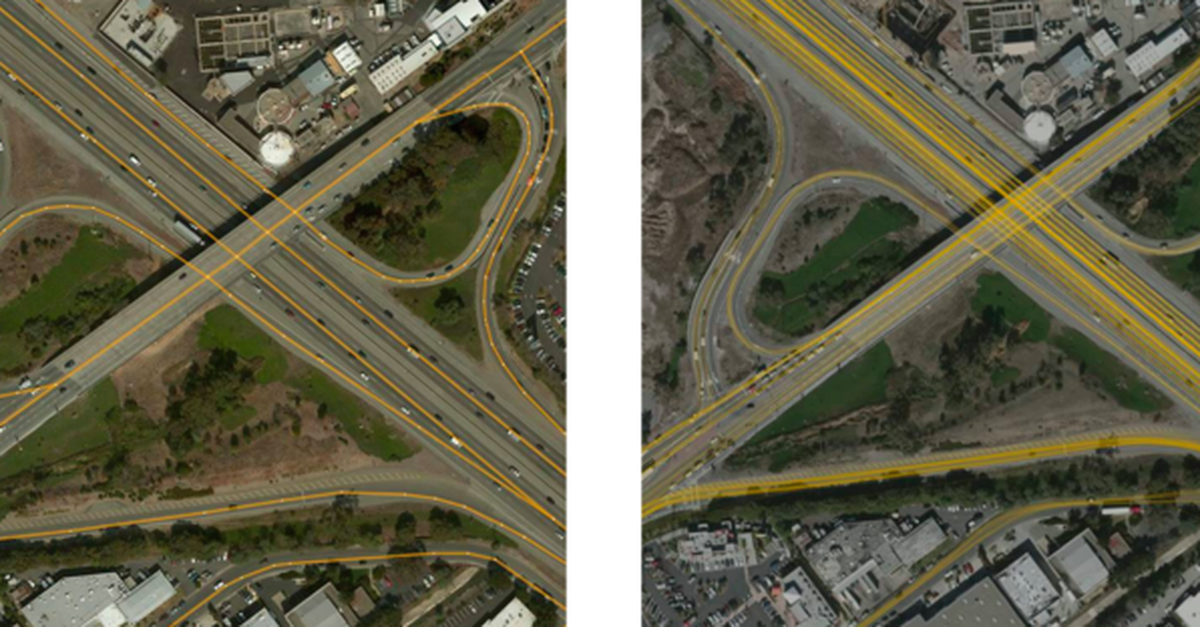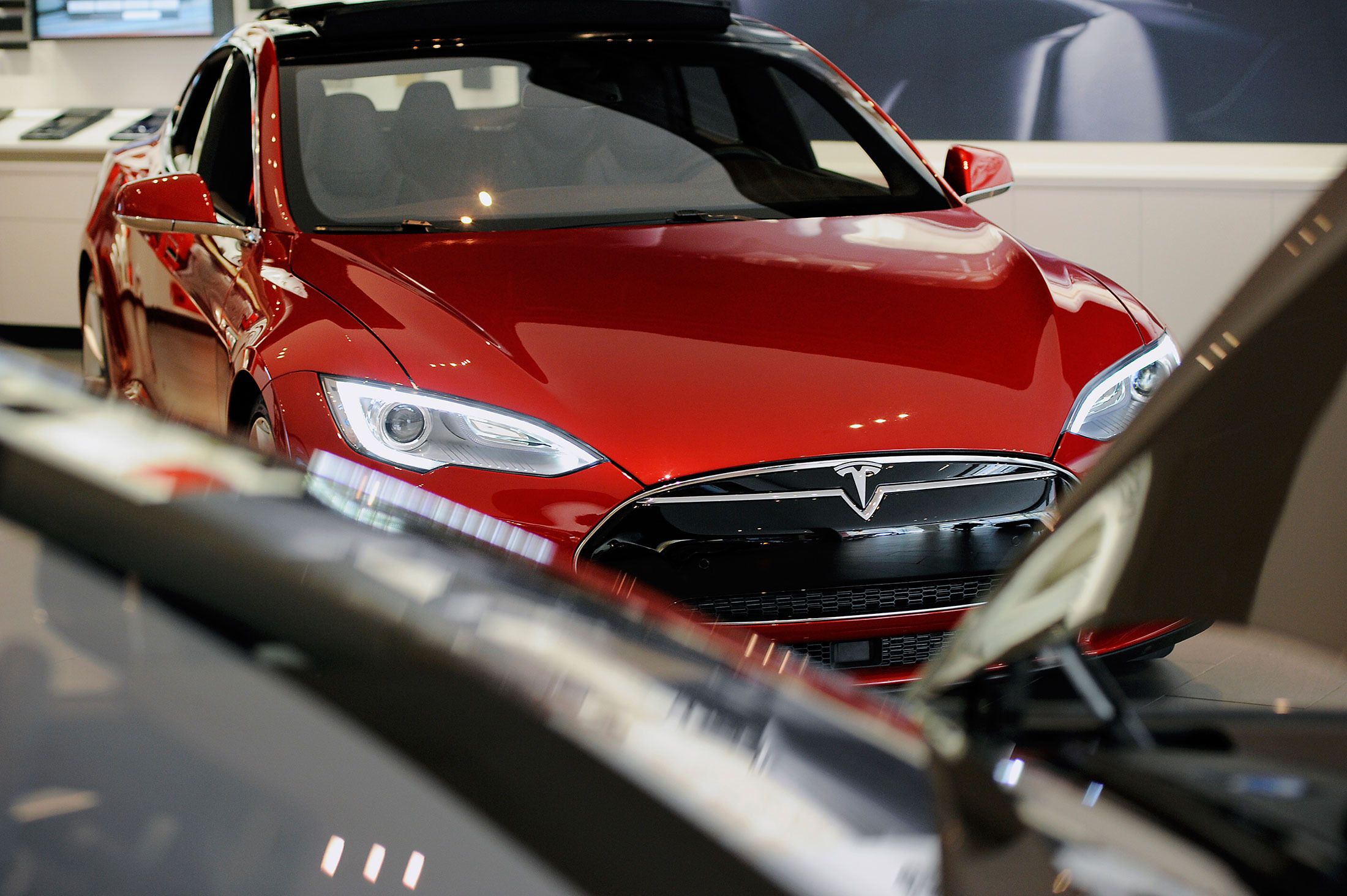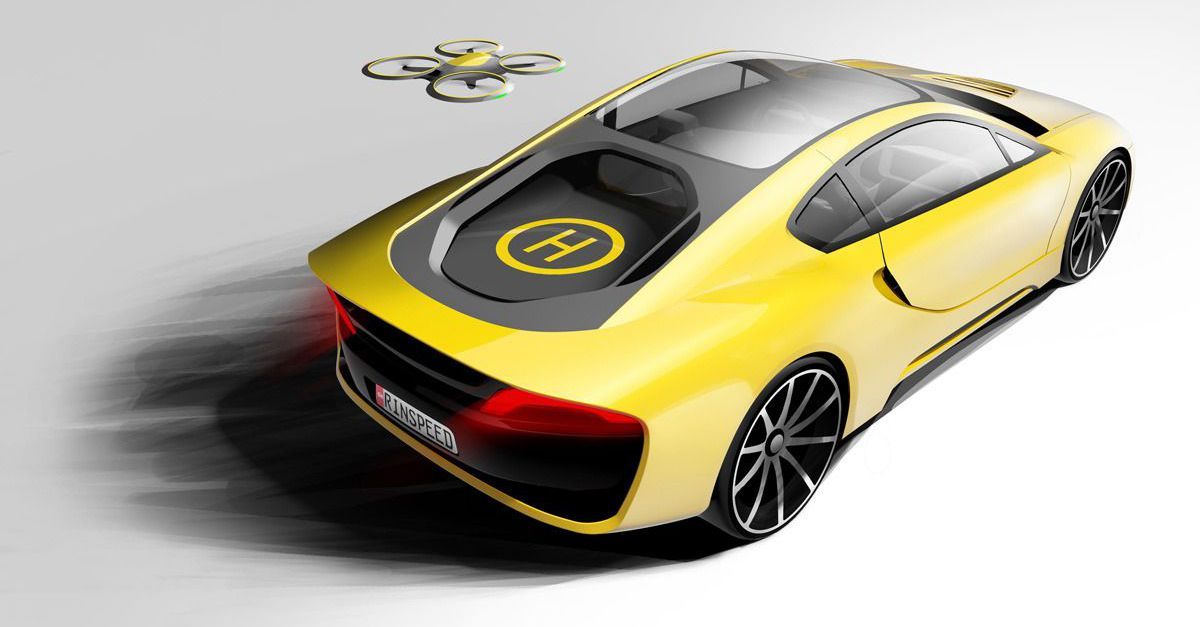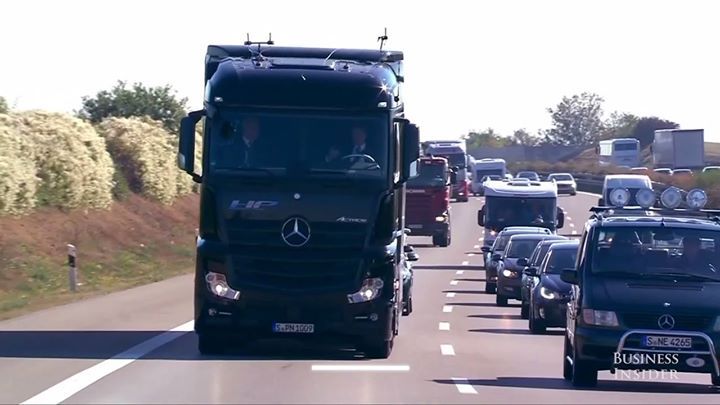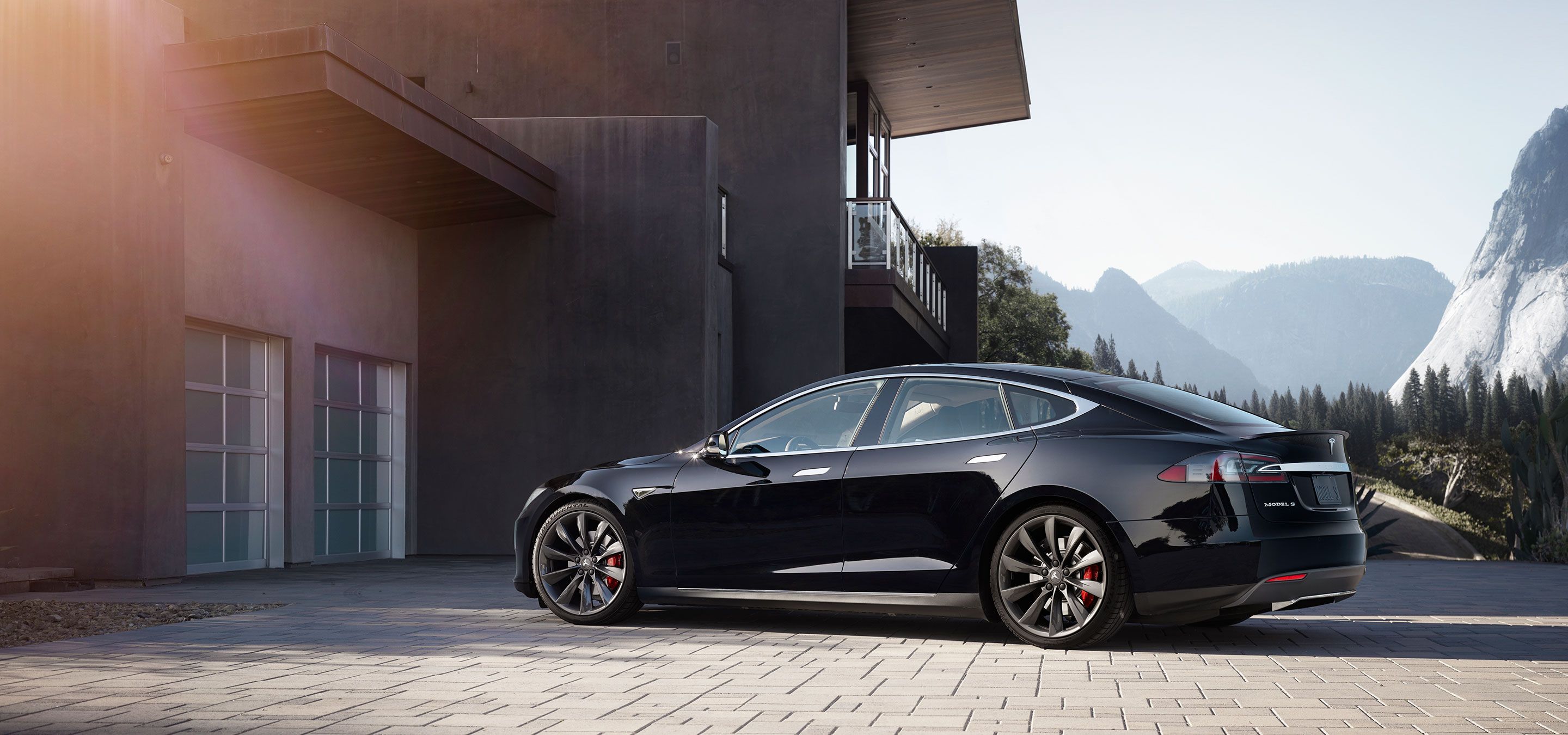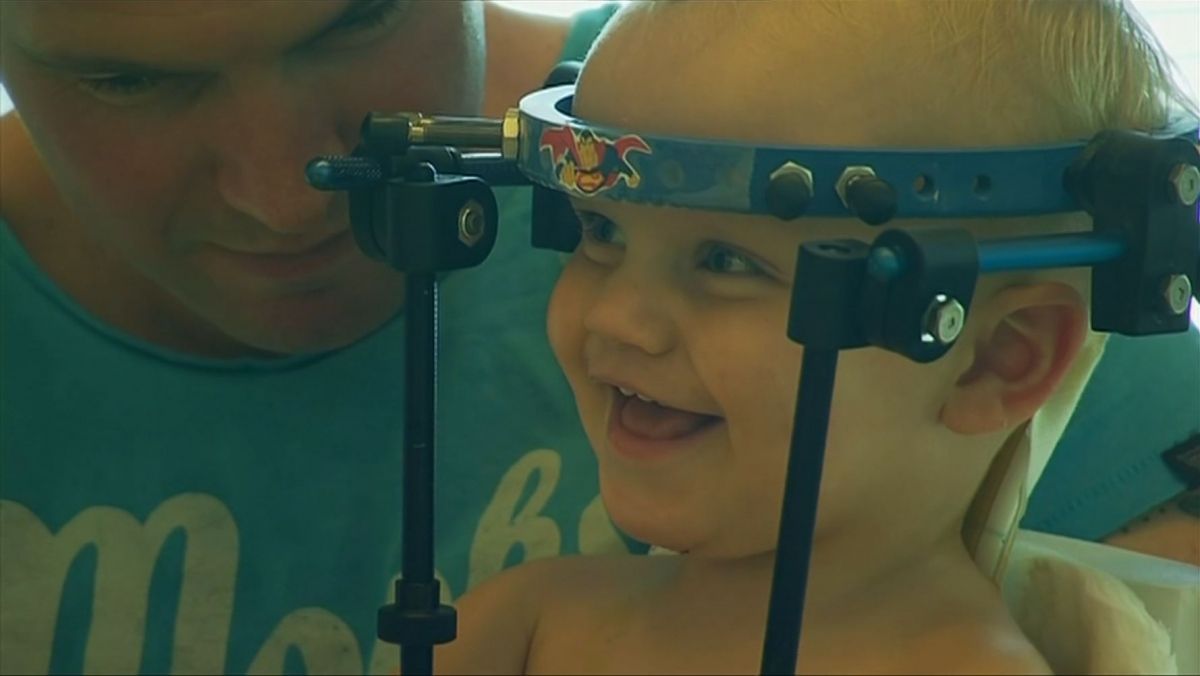Oct 15, 2015
Volvo’s first fully electric car will arrive in 2019
Posted by Shailesh Prasad in categories: robotics/AI, transportation
Volvo’s been bullish about self-driving vehicles, but it’s much more coy when it comes to electric cars. The company’s latest XC90 has a hybrid edition, and there’s an existing V60 plug-in, but nothing fully electric. Finally, the Swedish auto-maker is ready to go all in, confirming an all-electric vehicle will go on sale in 2019, plus plans to offer hybrid versions of every car in its range, alongside a new “series 40” range of smaller electrified cars. That’s still quite a wait for the full EV, and the hybrids might not show up until 2017, but as the Wall Street Journal suggests, Volvo might have been spurred on to make the announcement by the recent VW scandal around diesel engines.

